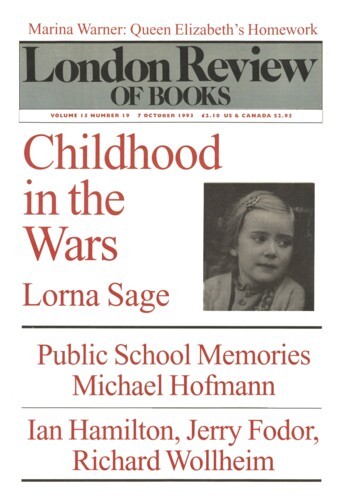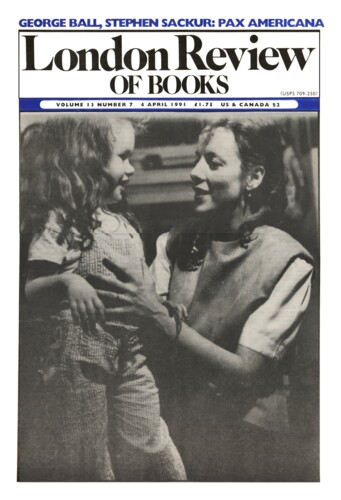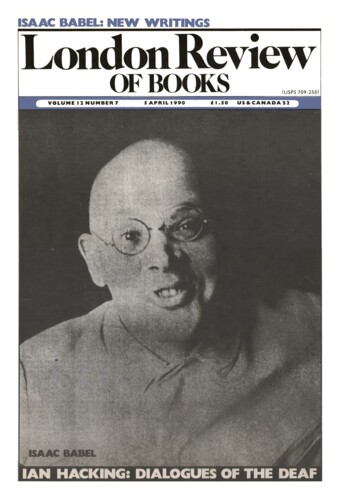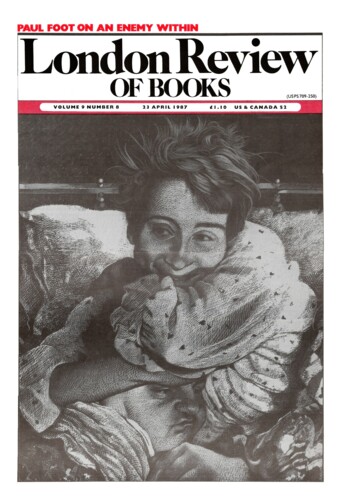Leases of Lifelessness
Denis Donoghue, 7 October 1993
Near to death in Malone Dies, Malone says: ‘I wonder what my last words will be, written, the others do not endure, but vanish, into thin air.’ Beckett’s Dying Words is not a study of Beckett’s dying words if he said any, or of Malone’s. It is about words spoken or written in the vicinity of death, responsive to a conviction of their own death – a death which does not abort the possibility of a little further life before the body is coffined. It is a study of the death-in-life-and-life-in-death of language. Many of the words are quoted from Beckett’s fiction, but in several passages Ricks nearly forgets Beckett, and fixes his attention on Philip Larkin, Hardy, Swift, Coleridge, Sydney Smith, Christina Rossetti or another. I can’t believe that he chose to deliver these Clarendon Lectures as a hodge-podge. It it is more probable that he observed the impressionism that Beckett ascribed to Proust: ‘By his impressionism I mean his non-logical statement of phenomena in the order and exactitude of their perception, before they have been distorted into intelligibility in order to be farced into a chain of cause and effect.’ Ricks’s book is not enchained to cause and effect or to any other discursive process: he says things as he thinks of them and makes flourishes in the air, whirling daisy-chains of perception.’




